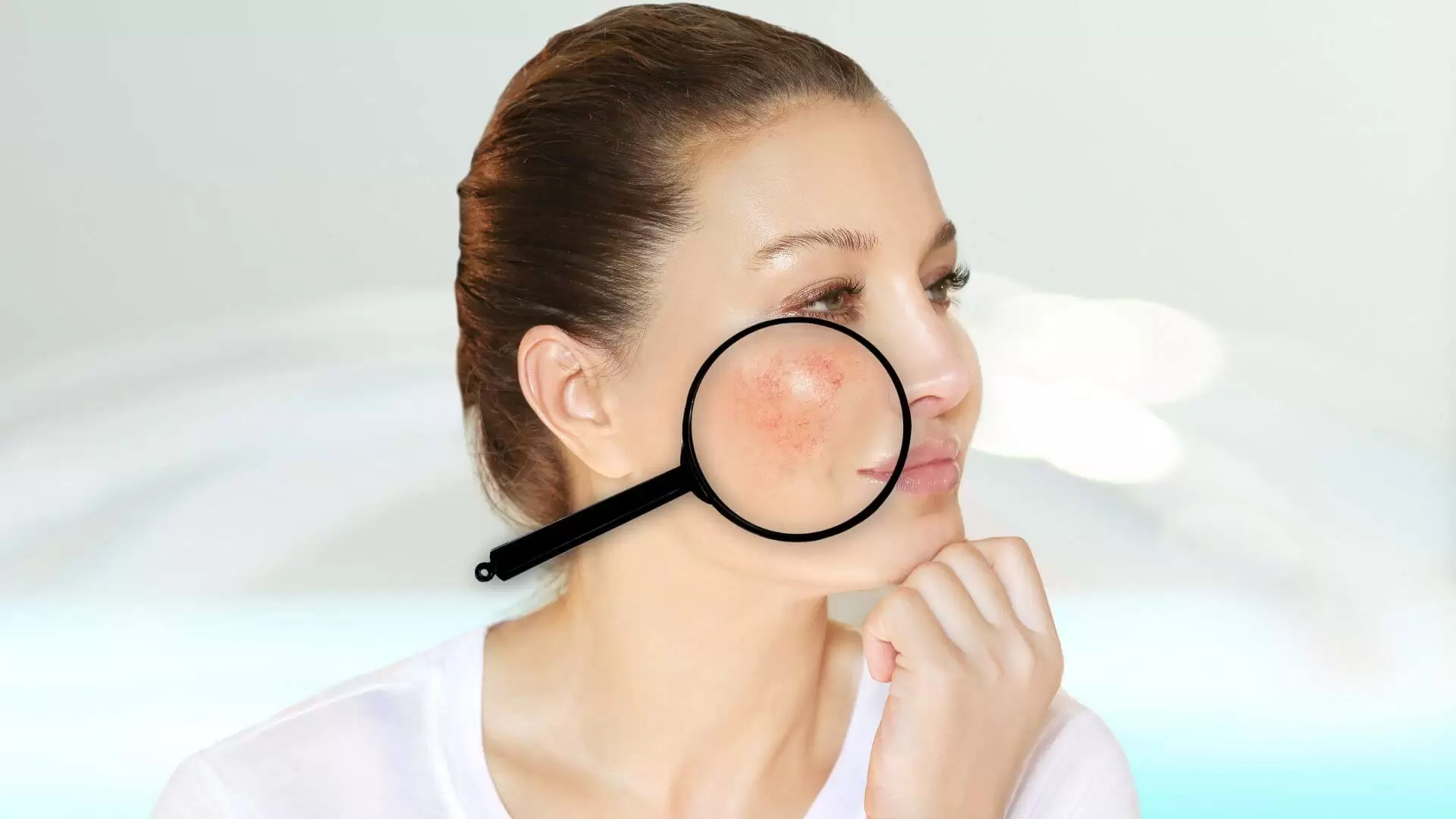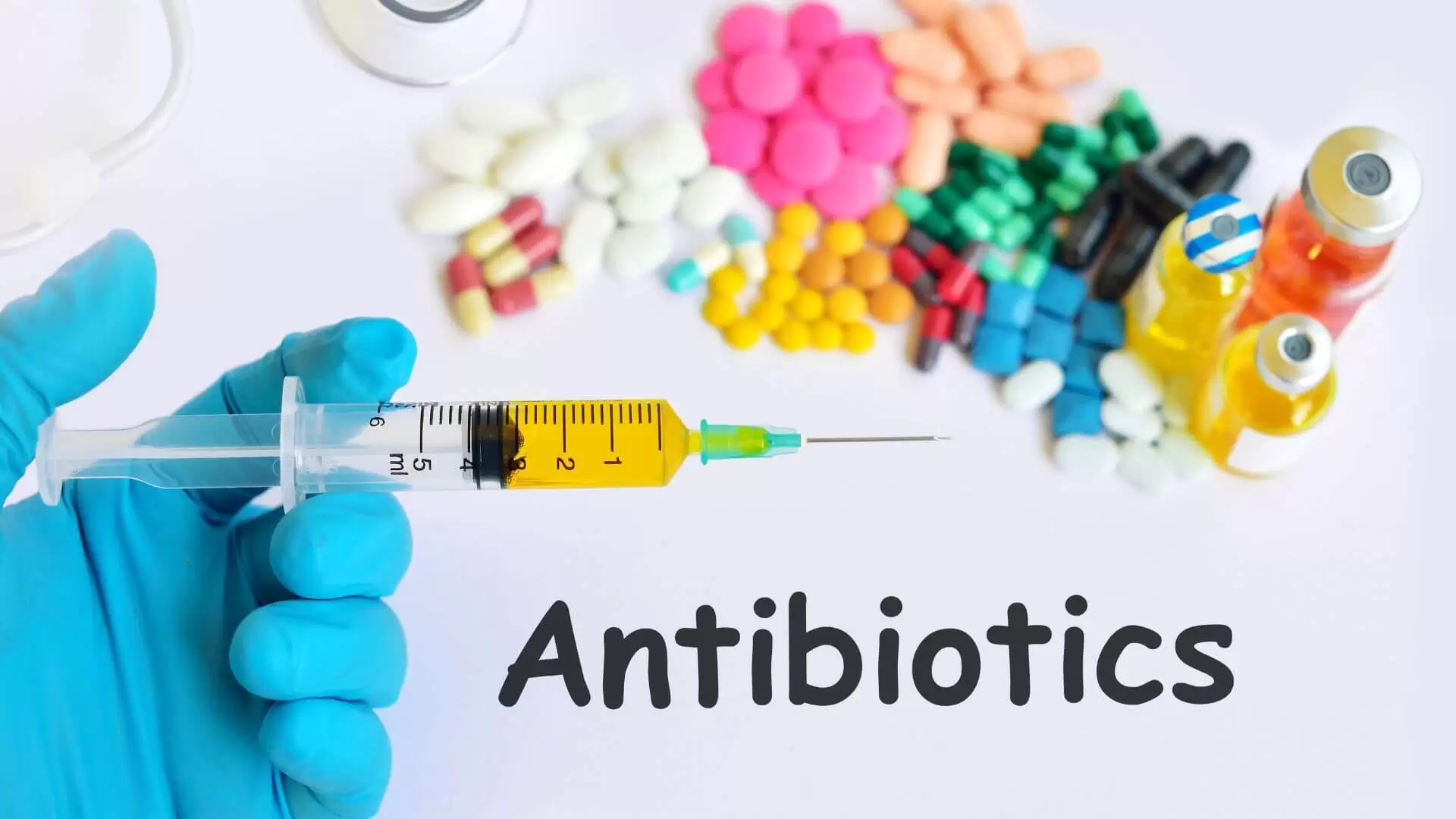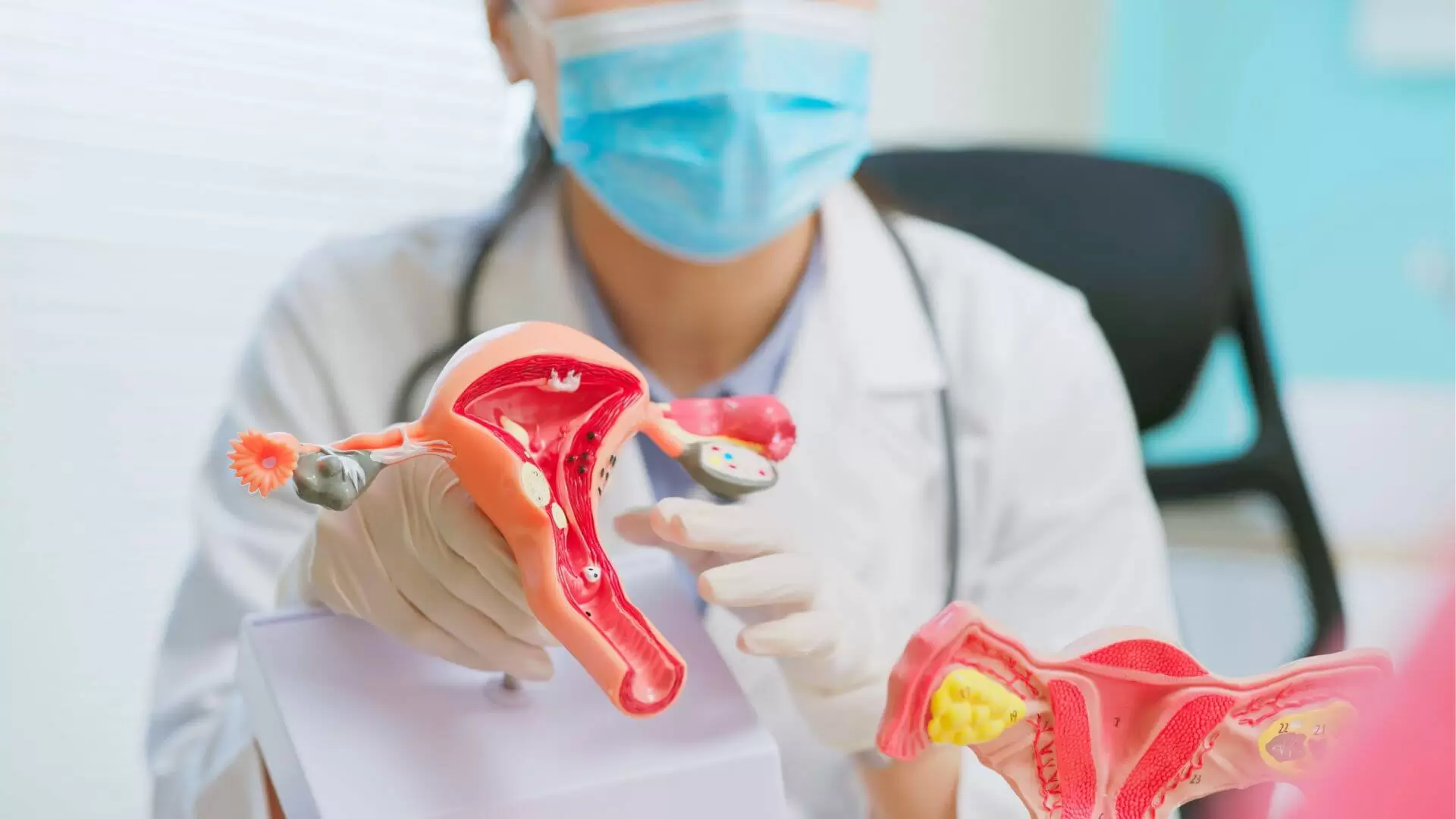Rosacea is a chronic inflammatory skin condition that causes redness, visible blood vessels, a burning sensation, and sometimes pimples or pustules.
Rosacea is a chronic inflammatory skin condition that causes redness, visible blood vessels, a burning sensation, and sometimes pimples or pustules.
According to Dr. Gema Pérez Sevilla, maxillofacial surgeon and expert in facial aesthetic medicine, it is quite common in lighter, thinner and more sensitive skin , and also in women (although men can also suffer from it), especially after maturity. It affects the face, mainly the cheeks, nose, and forehead, causing an unsightly effect, as well as discomfort.
The causes of rosacea are unknown, but there are factors that favor its appearance, such as hereditary or skin type.
There are also other environmental ones such as sudden changes in temperature, weather (cold or hot), stress, some cosmetics, drinks or hormonal changes. In winter, rosacea can be made worse by lower temperatures.
TYPES OF ROSACEA
-Erythematous-telangiectatic (Couperosis): redness in the center of the face that can appear suddenly, with inflammation of the skin that is highly sensitive to touch and dry.
Rosacea is a chronic inflammatory skin condition that causes redness, visible blood vessels, a burning sensation, and sometimes pimples or pustules.
-Papulo-pustular: with small pustules or pimples reminiscent of acne, although without inflammation or pus. The skin looks oily and is very sensitive.
-Phymatous rosacea: thickening of the skin by supporting inflammation for a long time. The skin looks rough, with a very dilated pore, broken spider veins and internal lumps are seen. It usually occurs in men and especially on the nose, but it can also appear on the ears, forehead, chin, or eyelids.
TREATMENTS
To achieve success , various treatments must be combined, in addition to the fact that the patient must adopt eating, hygiene and lifestyle habits that help improve the appearance of the skin.
-Topical treatments: creams with drugs such as Ivermectin, which help us reduce the amount of Demodex, an ectoparasite related to rosacea, combined with a correct selection of cosmetics and hygiene products that help us reinforce the barrier function of the skin, as well as calm your irritation. We can also introduce low doses of retinol to improve results.
-Oral antibiotics: specific for the skin, such as azithromycin or tetracyclines, which help control the most serious outbreaks by reducing inflammation.
-Intense pulsed light (IPL) and vascular laser treatments: we can use these treatments separately or in combination to improve skin health, closing dilated vessels, improving red and brown spots, and even flaccidity and dehydration. We will be able to unify the skin tone and give it luminosity.
-Isotretinoin: it is a synthetic derivative of vitamin A that has been shown to be highly effective in controlling this pathology. It is administered orally and in very low doses to minimize its side effects. During treatment it is essential to avoid alcohol consumption, as well as medical monitoring of liver and cholesterol through blood tests. This treatment is effective for moderate or severe cases if it is combined with others, oral or topical, to be able to attack all the causes. During treatment with isotretinoin it is essential to avoid becoming pregnant since one of its main side effects is fetal malformation.




